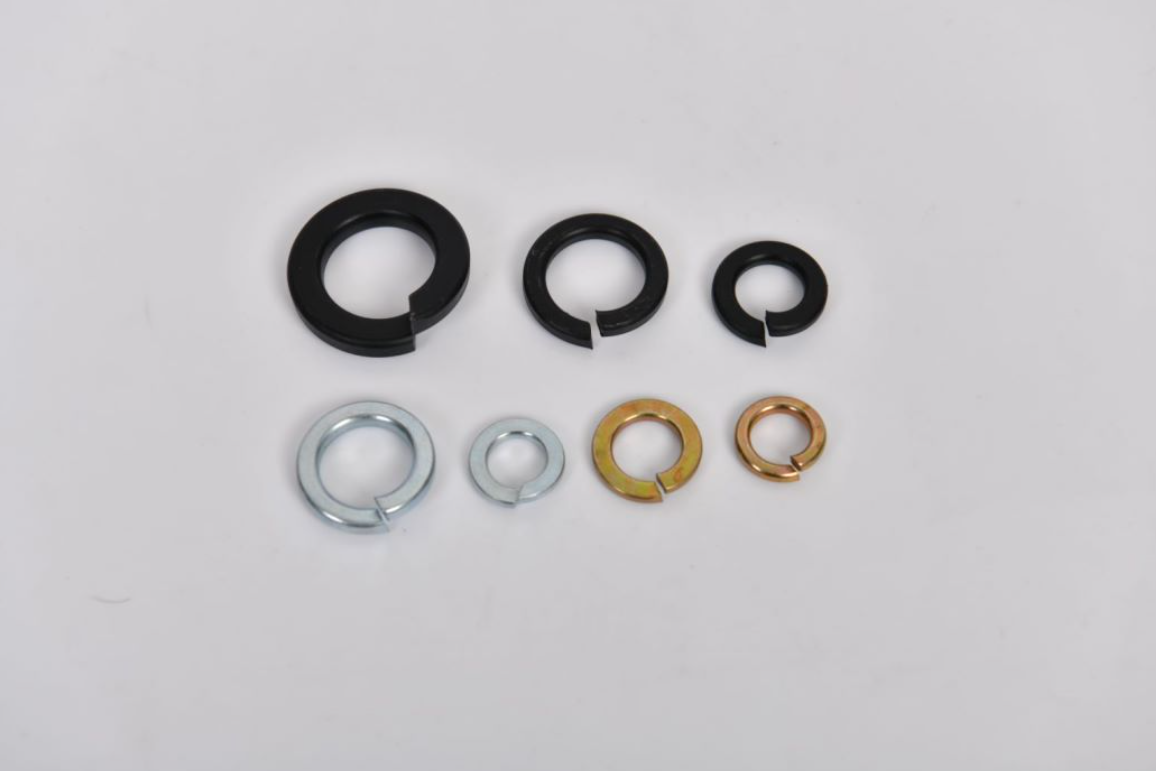spring washer and flat washer order
Understanding Spring Washers and Flat Washers A Guide to Choosing the Right Fasteners
When it comes to mechanical assemblies, the choice of fasteners is crucial. Two commonly used types of washers are spring washers and flat washers. Each serves distinct purposes and provides unique benefits, making them essential in various applications. Understanding their properties will assist you in making informed decisions for your projects.
What is a Flat Washer?
A flat washer is a disc-shaped piece of material with a hole in the center, designed to distribute the load of a fastener, such as a screw or bolt. Flat washers can be made of various materials, including metal, plastic, and rubber. The primary purpose of a flat washer is to prevent damage to the surface of the material being fastened and to provide a greater bearing surface, which reduces the risk of failure in the joint.
Flat washers come in different sizes and thicknesses, and their dimensions typically correspond with the size of the bolt or screw they accompany. They are commonly used in construction, automotive, and machinery applications, where they help to distribute stress and ensure a secure fit.
What is a Spring Washer?
Spring washers, often referred to as lock washers, are designed to provide tension and prevent loosening of the fastener due to vibrations. Unlike flat washers, spring washers are typically made from spring steel and have a curved or helical shape, which allows them to exert a continuous force against the fastener. This feature makes them particularly useful in applications where there is a risk of loosening due to movement or vibration, such as in machinery, automotive components, and electronics.
The primary function of a spring washer is to maintain the tension in the assembly, thereby ensuring that the fastener remains secure even under dynamic loading conditions
. Different types of spring washers are available, including split, wave, and belleville washers, each designed for specific applications.spring washer and flat washer order

Choosing Between Spring Washers and Flat Washers
When deciding whether to use spring washers or flat washers, consider the following factors
1. Application Requirements If your assembly will be subjected to vibrations or fluctuating loads, spring washers are the better option due to their locking capabilities. Flat washers, on the other hand, are suitable for static applications where the risk of loosening is minimal.
2. Material Compatibility Ensure that the washer material is compatible with the environment in which it will be used. For example, stainless steel washers are ideal for corrosive environments, while plastic washers may be better suited for electrical insulation.
3. Load Distribution If you need to distribute the load evenly across a larger surface, flat washers are the ideal choice. Spring washers are more focused on maintaining tension and preventing movement.
4. Cost and Availability Consider the cost-effectiveness of both types of washers. Flat washers are generally more widely available and less expensive than spring washers.
Conclusion
In summary, both spring washers and flat washers play critical roles in fastening applications. By understanding their characteristics and applications, you can make better-informed decisions that enhance the reliability and performance of your mechanical assemblies. Always take the time to assess your project's specific needs before making a choice, ensuring that you select the most suitable fastening solution for your requirements.
-
Top Choices for Plasterboard FixingNewsDec.26,2024
-
The Versatility of Specialty WashersNewsDec.26,2024
-
Secure Your ProjectsNewsDec.26,2024
-
Essential Screws for Chipboard Flooring ProjectsNewsDec.26,2024
-
Choosing the Right Drywall ScrewsNewsDec.26,2024
-
Black Phosphate Screws for Superior PerformanceNewsDec.26,2024
-
The Versatile Choice of Nylon Flat Washers for Your NeedsNewsDec.18,2024










